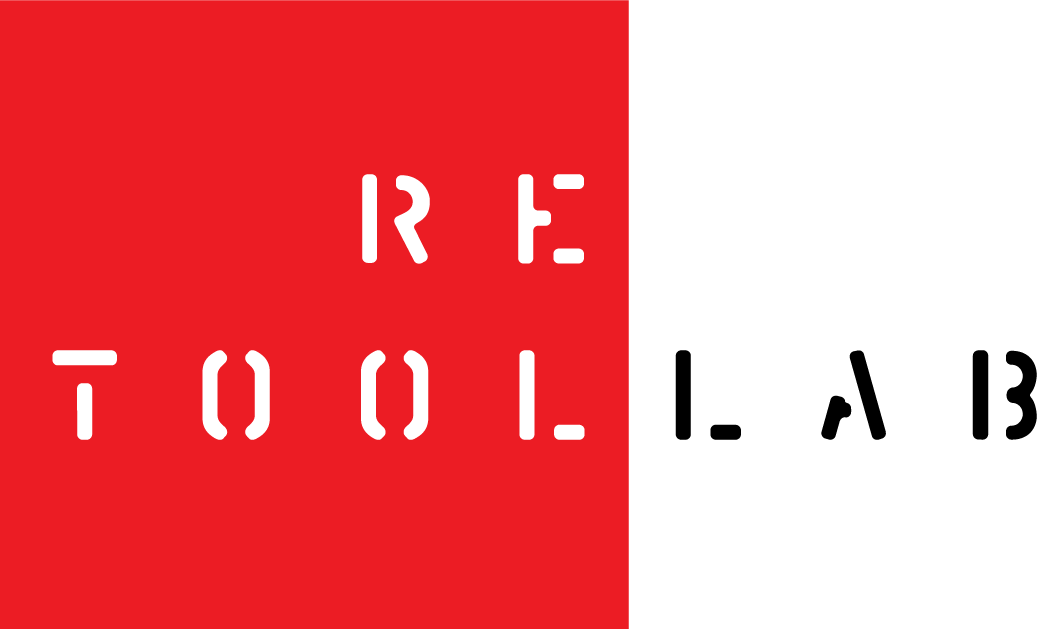Plight of the museum: Why won’t these institutions use their voices?
OPINION PIECE WRITTEN BY ROBERT FERGUSON AND ROBERT R. JANES
PUBLISHED IN THE GLOBE AND MAIL, ON FEBRUARY 4, 2022
Robert Ferguson is principal of Retool Lab & Retool Brand Counsel. Robert R. Janes is a former museum executive, the visiting research fellow of museum studies at the University of Leicester and the co-editor of Museum Activism.
In the 2010 movie The King’s Speech, a debilitating stutter leaves the young Duke of York feeling unheard, pushed around and dominated by king and courtier alike. But upon seeing his speech therapist lounging in the coronation chair, Bertie is finally moved to respond, yelling: “I have a voice.” In that moment, the audience understands that he is stepping into the role of monarch – that he is going to fulfill his potential as King George VI.
Museums, likewise, need to use their voices to fulfill their potential. The pandemic meant people stopped visiting museums, but they had also stopped interacting with them because museums were providing little to interact with – few stories to read, watch or listen to, and barely any new ideas to challenge thinking. Canadians have thus come to expect little from museums, because they are invisible in today’s debates; since we really don’t understand how their work helps society, we’re content to let them underachieve.
Amid a lack of fresh, clearly communicated ideas and a failure to reach broader audiences, museums have done just that. The Design Exchange in Toronto aspired to be like London’s Victoria and Albert Museum, but it was shuttered in 2019 because it couldn’t articulate its purpose or nurture a conversation about design and innovation to a broad audience, beyond its exhibits. And last June, Canada’s Sports Hall of Fame announced that it would be moving from its 40,000-square-foot, purpose-built location at Calgary’s Olympic Park; having struggled to tell its story, it was acquired by the Canadian Museum of History. “Just being about a building was limiting to what we were to this country,” CEO Cheryl Bernard told The Globe and Mail.
Society needs its museums – it just doesn’t know it. At a time when Canadians seem to be losing the thread of common agreement or productive argument, we need help grappling with the challenges of a complex world. As unique institutions where issues and concerns can be aired, discussed and acted upon constructively and safely, museums are qualified to address contemporary concerns that will help Canadians rethink the future. They are civic resources that can educate, provide credible insight and debunk myths around today’s biggest issues – from the state of democracy to climate change to human rights. As Stephen Weil, the Smithsonian curator and museum sage, once wrote: “Unless museums can and do play a role relative to the real problems of real people’s lives – then what is their point?”
COVID-19 didn’t create the crisis museums are in now, and going back to “normal” won’t help, either. Many of these organizations are consumed by deep, self-limiting structural problems, including their repeated and defeated complaints about shortages of money, staff, technology and public support, as well as their stubborn refusal to change even as the rest of the world does. This passivity and timidity prevent museums from assuming their vital role as storytellers and intellectual leaders.
But while self-scrutiny and reinvention are long overdue, museums have instead asked the Department of Canadian Heritage to do that work. In December, the minister announced plans to oversee “a national summit on plans to restart and position the arts, culture, and heritage sectors for the future.” (The summit has been postponed amid outbreaks of the Omicron variant.)
Museums may argue they do enough through their exhibitions, but it is clear they can’t think outside their buildings, nor can they sufficiently articulate what they know. To be vibrant and relevant, museums have to remain fresh and responsive to the world around them. They need to produce deep content that can be shared broadly to engage wider audiences. In short, they have to start thinking like thought leaders and communicate with purpose.
In The Marketplace of Ideas, Louis Menand writes: “It is the academic’s job in a free society to serve the public culture by asking questions the public doesn’t want to ask, investigating subjects it cannot or will not investigate, and accommodating voices it fails or refuses to accommodate.” It is thus the responsibility of museums to consider big questions – to get people talking about our values and our society. The conversations they launch – public, polite and constructive – can help shape the formation of new national narratives.
The Department of Canadian Heritage wants young people to know more about Canada and to strengthen their sense of shared identity so they will participate in building a better country. It would help if the minister’s forthcoming summit can get museums reflecting on their role and responsibilities as key social institutions and generate ideas to spark the sector’s revival. Museums can be a solution to some of this country’s problems. Encouraging them to use their voices would be a good start.
